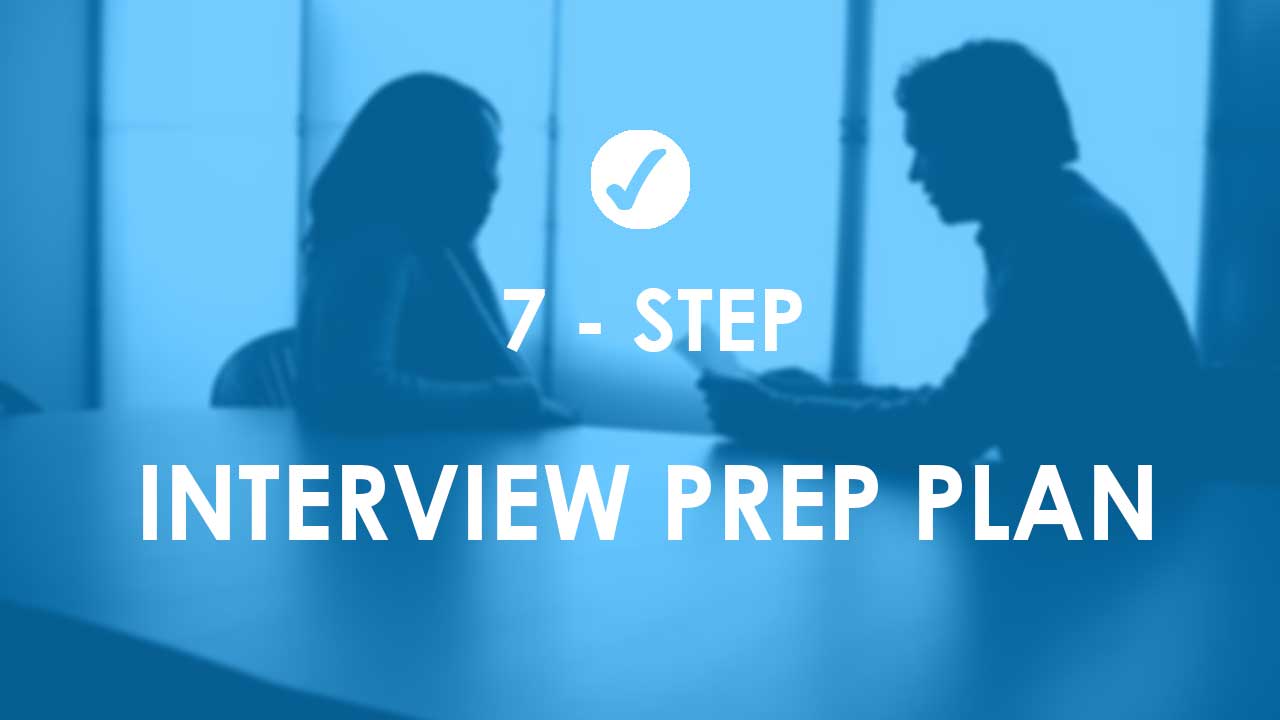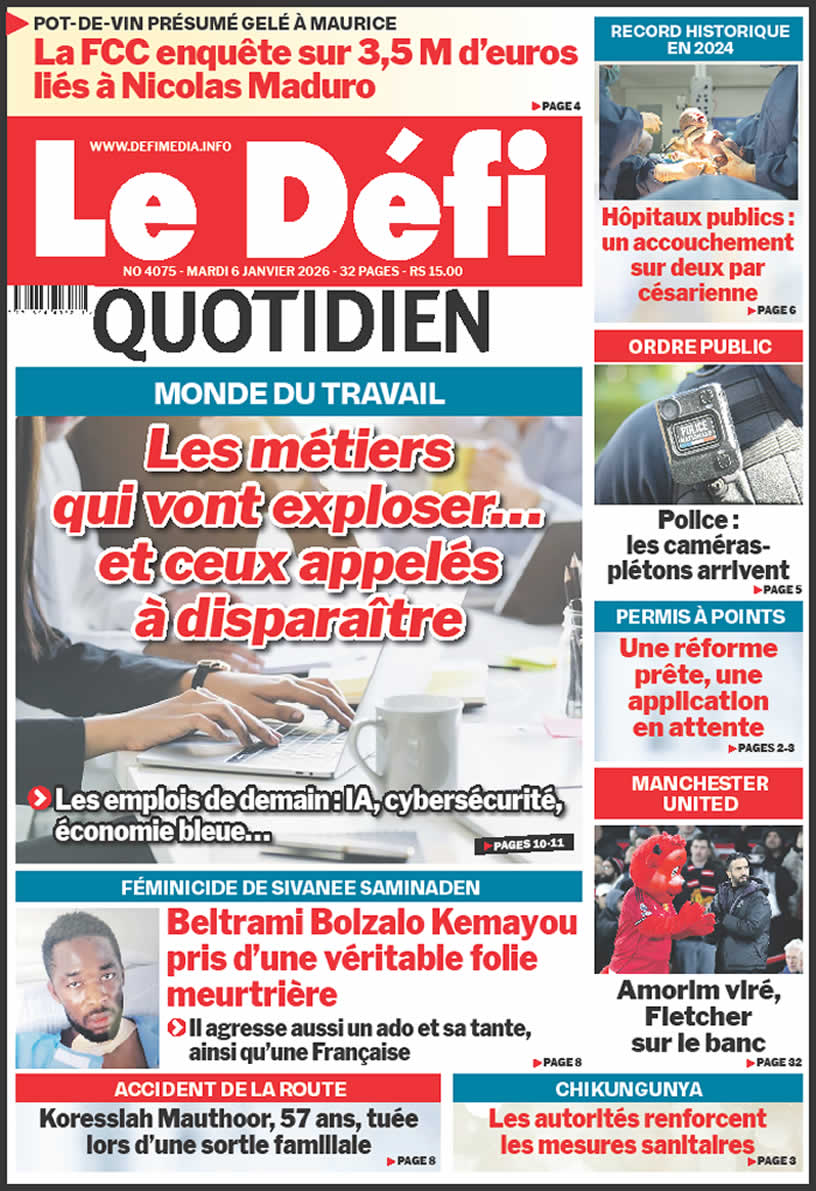Mise à jour
January 20, 2017, 11:52 am
Image

1. Research the organisation
This will help you answer questions – and stand out from less-prepared candidates.
- Seek background information.
- Use tools like Vault, Career Search or The Riley Guide for an overview of the organization and its industry profile.
- Visit the organization’s website to ensure that you understand the breadth of what they do.
- Review the organization’s background and mission statement.
- Assess their products, services and client-base.
- Read recent press releases for insight on projected growth and stability.
- Get perspective. Review trade or business publications. Seek perspective and a glimpse into their industry standing.
- Develop a question list. Prepare to ask about the organization or position based on your research.
2. Compare your skills and qualifications to the job requirements
- Analyse the job description. Outline the knowledge, skills and abilities required.
- Examine the hierarchy. Determine where the position fits within the organization.
- Look side-by-side. Compare what the employer is seeking to your qualifications.
3. Prepare responses
- Most interviews involve a combination of resume-based, behavioural and case questions. We encourage you to meet with us to practice telling your story in the best possible way.
4. Plan what to wear
- Go neutral. Conservative business attire, such as a neutral-coloured suit and professional shoes, is best.
- Err formal. If instructed to dress “business casual,” use good judgement.
- Plug in that iron. Make sure your clothes are neat and wrinkle-free.
- Dress to impress. Be sure that your overall appearance is neat and clean.
5. Plan what to bring
- Extra copies of your resume on quality paper
- A notepad or professional binder and pen
- A list of references
- Information you might need to complete an application
- A portfolio with samples of your work, if relevant
6. Pay attention to non-verbal communication
- Be mindful. Nonverbal communication speaks volumes.
- Start ahead. Remember that waiting room behaviours may be reported.
- Project confidence. Smile, establish eye contact and use a firm handshake.
- Posture counts. Sit up straight yet comfortably. Be aware of nervous gestures such as foot-tapping.
- Be attentive. Don’t stare, but maintain good eye contact, while addressing all aspects of an interviewer’s questions.
- Respect their space. Do not place anything on their desk.
- Manage reactions. Facial expressions provide clues to your feelings. Manage how you react, and project a positive image.
7. Follow up
- Many interviews end with “Do you have any questions?”
- Bring a list. You may say, “In preparing for today’s meeting, I took some time to jot down a few questions. Please allow me to review my notes.”
Publicité







